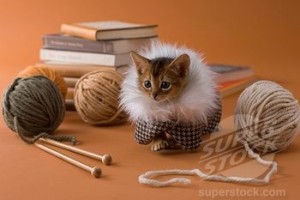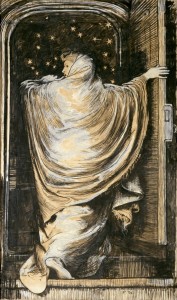https://www.youtube.com/watch?v=9dFDfOi_-ss
One ongoing complexity seen in Alice’s Adventure’s in Wonderland by Lewis Carroll, is that of miscommunication. There are several examples of this throughout the novel. For example, once in Wonderland, Alice has significant difficulty reciting lessons and poems she knows. She is unable to formulate thoughts and seldom understands what other characters are trying to convey to her.
In the chapter in which Alice is talking to the caterpillar, he asks her to recite the poem “You are old, Father William,” however, she is unable to do so. The caterpillar does not hesitate in notifying her she is wrong. Further, often times a word is stated, and interpreted in a way different than what was meant. This is depicted in the chapter “A Caucus Race and a Long Tale.” In this chapter, the mouse declares that it will tell a tale, as in a story. However, Alice incorrectly interprets this as the mouse talking about its tail. Thus, Alice pays close attention to the mouse’s appendage and fails to listen to the mouse’s story. The mouse then scolds Alice for her rudeness. Alice and the mouse had previous miscommunication when she brought up her cat, Dinah, which scared the inhabitants of Wonderland, yet she continued to talk about Dinah, unable to recognize why and how this was detrimental.
These points of miscommunication, along with many others within the novel cause the reader to wonder whether it is due to Alice’s ignorance or her being in Wonderland that is causing this language barrier to happen. It is intriguing that Alice accepts all of the illogical happenings in Wonderland, such as talking creatures, however, she fails to do something as simple as recalling lessons she has learned in school. Yet, throughout her journey, Alice tries to force her for of language on the creatures she encounters. This idea makes it seem as though Alice is the one at fault, and at the end of the day, she is desperately trying to alter the ways of Wonderland, rather than adapting to her new surroundings.

